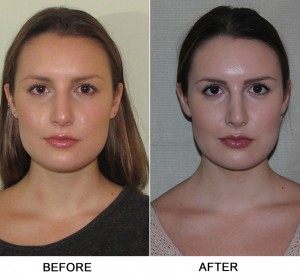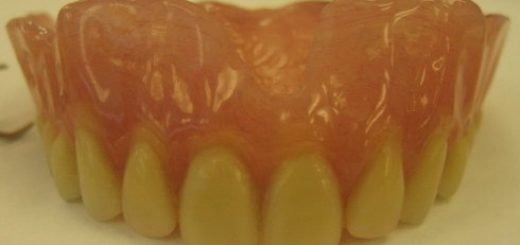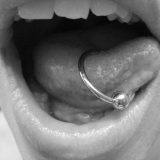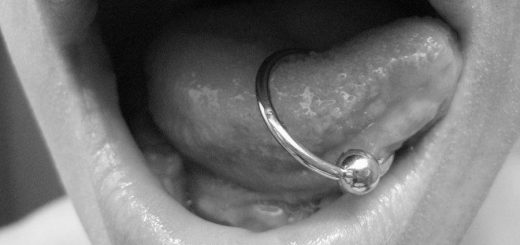How Much Does a Septoplasty Cost
People with deviated septum or the condition wherein their nasal septum – the bone and cartilage dividing the nose’s nasal cavity in half – is bent, crooked or deformed typically experience a lot of body discomforts such as difficulty in breathing, facial pain, headaches, loud snoring when sleeping, nosebleed as well as get nasal congestion and infections most of the time. To correct such health condition, patients usually undergo a septoplasty or a deviated septum surgery.
Surgical Costs
According to Consumer Health Choices, the national fair septoplasty cost in the US is $3,320 while the average deviated septum surgery cost is $5,235, having prices that range from $3,000 to $7,470. The prices already include the fees for the anesthesia, the use of the medical facility and the surgeon.
Arranged from lowest to highest prices, here are some cities with their respective costs for septoplasty with insurance:
Milwaukee, Wisconsin $3,231
Minneapolis, Minnesota $3,243
Jacksonville, Florida $3,297
Houston, Texas $3,366
Los Angeles, California $3,441
Boston, Massachusetts $3,531
New York, New York $3,619
But based on CostHelper Health, the average deviated nasal septum surgery cost can go up to $18,000, which may range from $6,000 to $30,000, depending on what should be done to restructure the deviated septum. The methods include contouring, graft or replacement or scoring of cartilage.
If this procedure is to repair a medical condition and not for cosmetic purposes, then septoplasty cost is generally covered by health insurance. In some cases, patients may need to undergo a combined surgery of rhinoplasty (nose plastic surgery) and septoplasty at the same time. If this happens, however, insurance providers will only cover the deviated septum surgery cost. Patients may need to fully pay for the expenses for the cosmetic surgery.
For patients who are insured, the self-paid costs for septoplasty procedure commonly compose of a coinsurance around 10 to 15 percent that could possibly reach the annual maximum limit, a hospital copay (on some occasions) of at least $100 and a medical specialist copay.
Costs Before the Septoplasty
Apparently, a patient is not immediately given the operation without going through a pre-surgery consultation. This incurs a certain fee for every medication to lessen the discomforts of the client, medical services and doctor visits. However, this still depends on the patient’s chosen medical facility and location.
According to Young Adult Money, these are the costs before the septoplasty begins.
*The initial consultation and antibiotic prescription will cost $170 with $50 insurance discount already.
*A cost of $100 for two rounds of antibiotics, which include a steroid.
*Another $170 (with $50 insurance deduction) will be incurred for the second visit to the same doctor with another round of antibiotics.
*In cases when the patient has to undergo a CT Scan, this initial deviated septum surgery cost is $337.
*A third visit to the same doctor with a referral to a specialist incurs $170 (with $50 insurance deduction).
Additional Expenses
Besides the surgery itself, you may need to prepare extra money just in case there is additional deviated nasal septum surgery cost to cover. Most of these factors are medical items that cost from $3 to $100.
Here are the additional expenses you should consider:
Cold Compress is used after the surgery. This aids the discomfort the patient feel while on recovery stage. A cold compress usually costs from $3 to $20.
Humidifier or Vaporizer basically helps the patient in proper breathing. Just like the cold compress, this is also used after the medical procedure to give comfort since the patient needs to breathe out of his or her mouth while in the process of healing. This extra septoplasty cost ranges from $25 to $100, depending on the output, additional features and size of the equipment.
The Septoplasty Procedure
To give you an idea where the deviated septum surgery cost goes to, here are the procedure done during the septoplasty surgery, according to Fauquier ENT.
Step 1
The surgeon performs a small incision inside the patient’s nose and mucosal lining to lift them on one side of the septum. As a reference, this is the stage when a procedural complication called septal perforation happens.
– A septal perforation happens when the patient’s mucosal lining is torn, causing a hole formation as the surgeon lifts the mucosa away from the nasal septum.
Step 2
When the complication happens, the doctor has to surgically cut the septum in front of the deflection right away. And then, the doctor lifts the mucosal lining on the opposite side to keep it away from the deviated septum.
Step 3
After that, the surgeon can remove the deviated septum already. The removal of the bent is more recommended rather than placing it into a middle line position since the latter is only temporary, causing the septum to get back to its original place.
Step 4
As soon as the deviated nasal septum has been removed, the doctor reapproximates the nasal mucosal lining into the middle line position. Generally, there are several ways on how this procedure is performed. One of them is the most preferred way since it only involves stitching the lining back together like how a person stitches a quilt. There is no need to employ septal splints or nasal packing for this method.
Although it happens rarely, there are times when packing or septal splints are used when the situation calls for it. This will be included in the total septoplasty cost.
Post-Septoplasty Surgery and Aftercare
The deviated nasal septum surgery cost is worth it since it does not change the physical appearance of the nose. Patients feel less pain after the surgery. There are bruising and swelling as well. However, it is NOT THAT CHEAP. So to avoid spending on more expenses, it is best to take care of the nose after the surgery by not getting it bump onto walls or letting it hit by something hard.
After the septoplasty, a complete recovery is expected to take about one week only. But patients will be inconvenienced by a sino-nasal congestion that may stay from two to three weeks.












